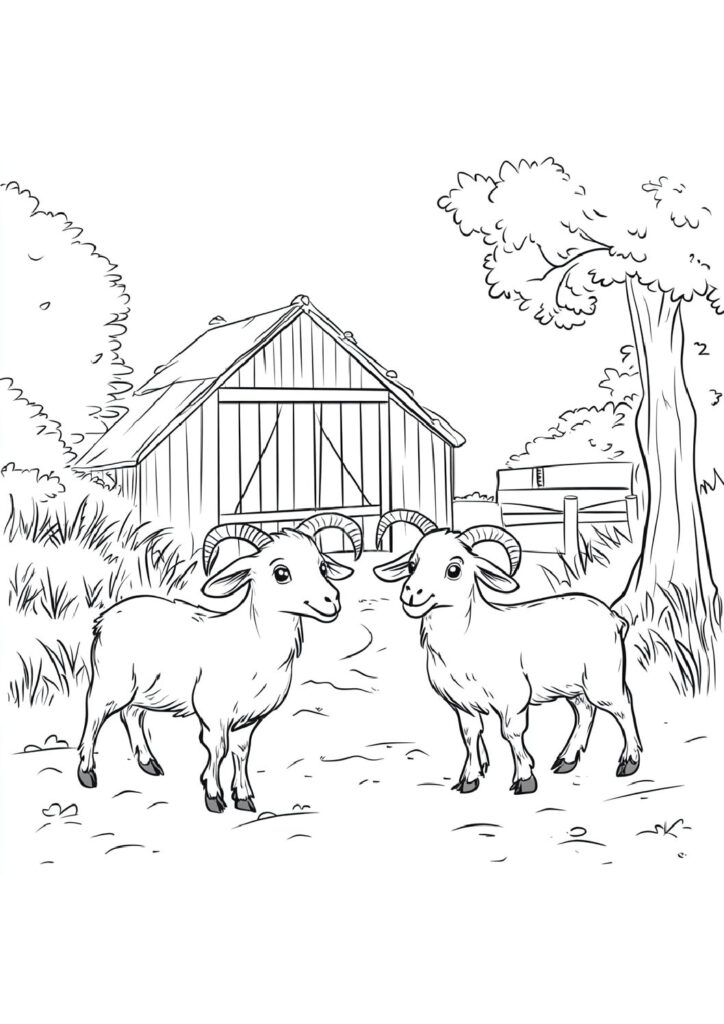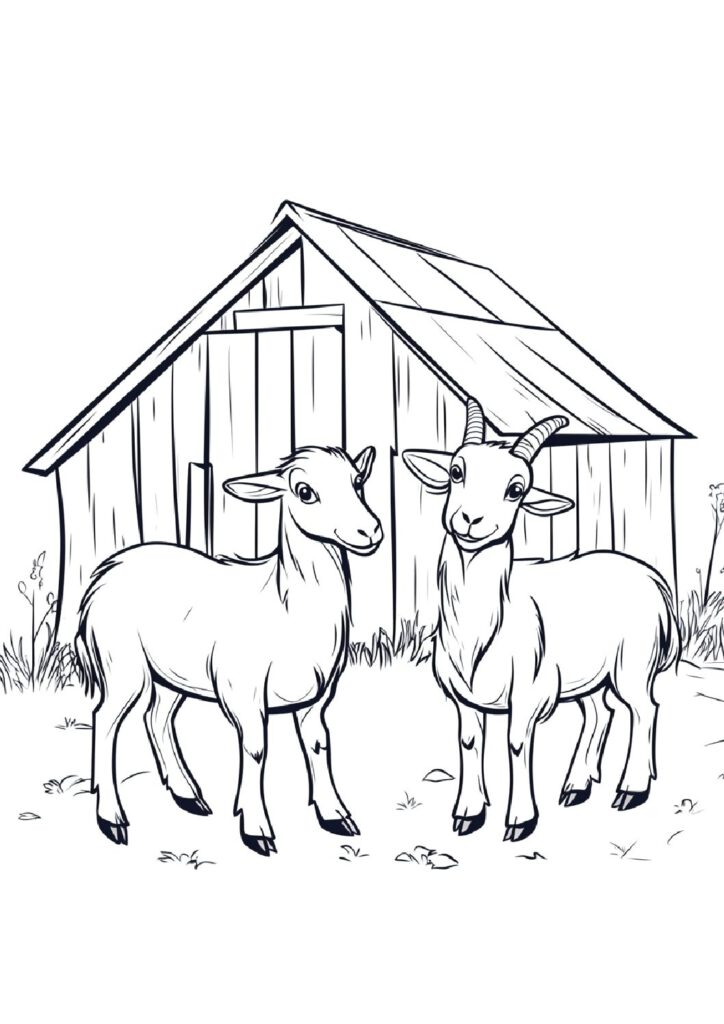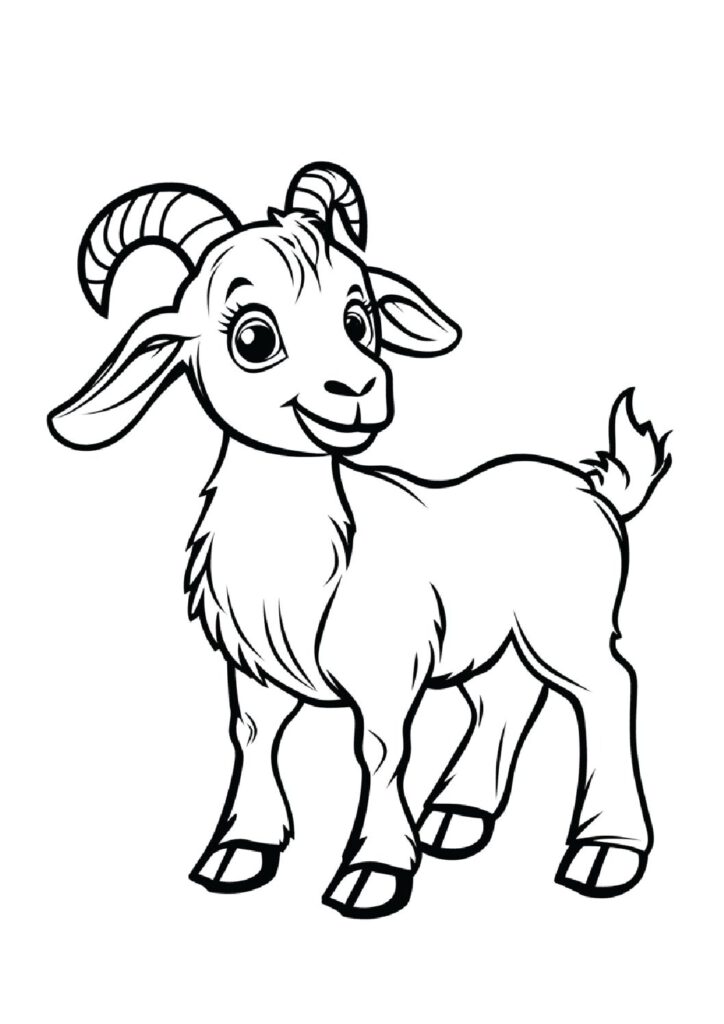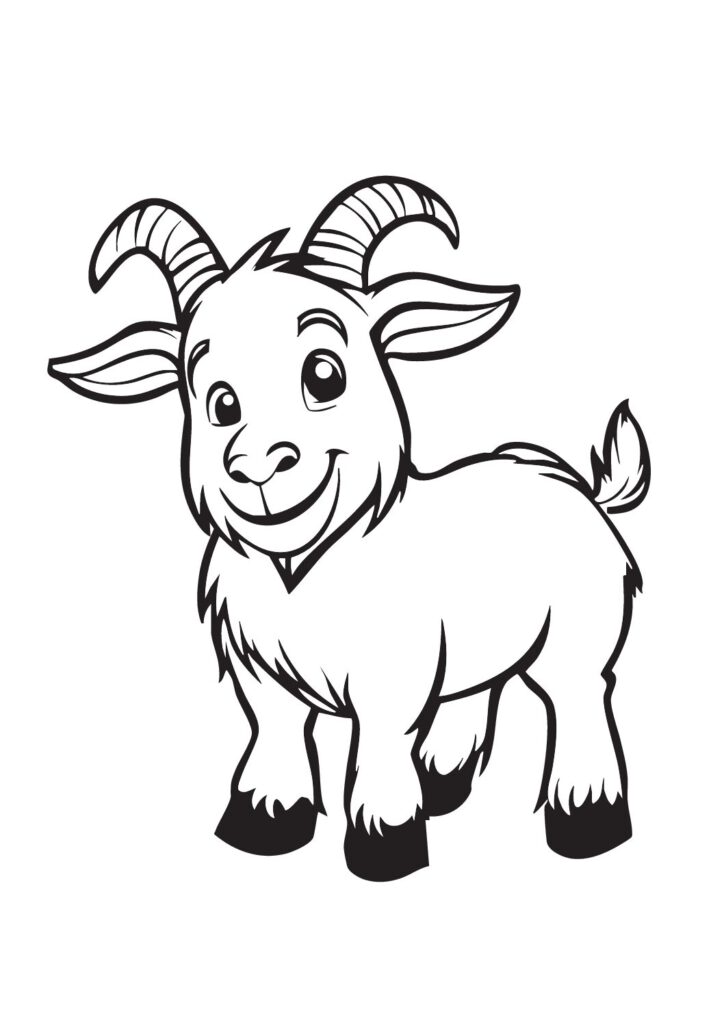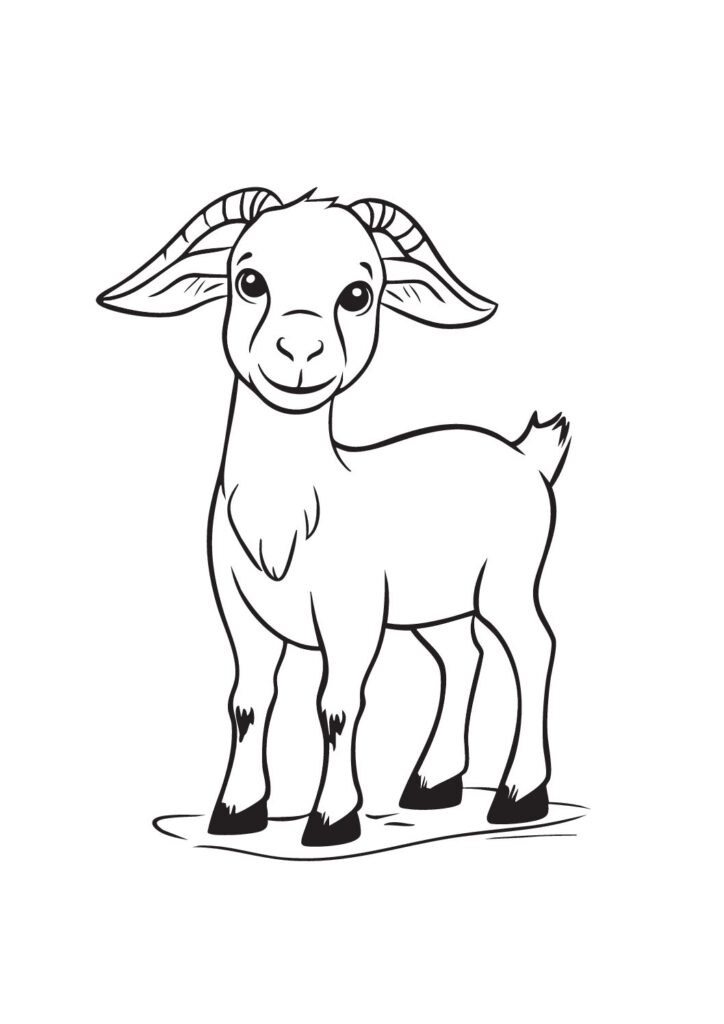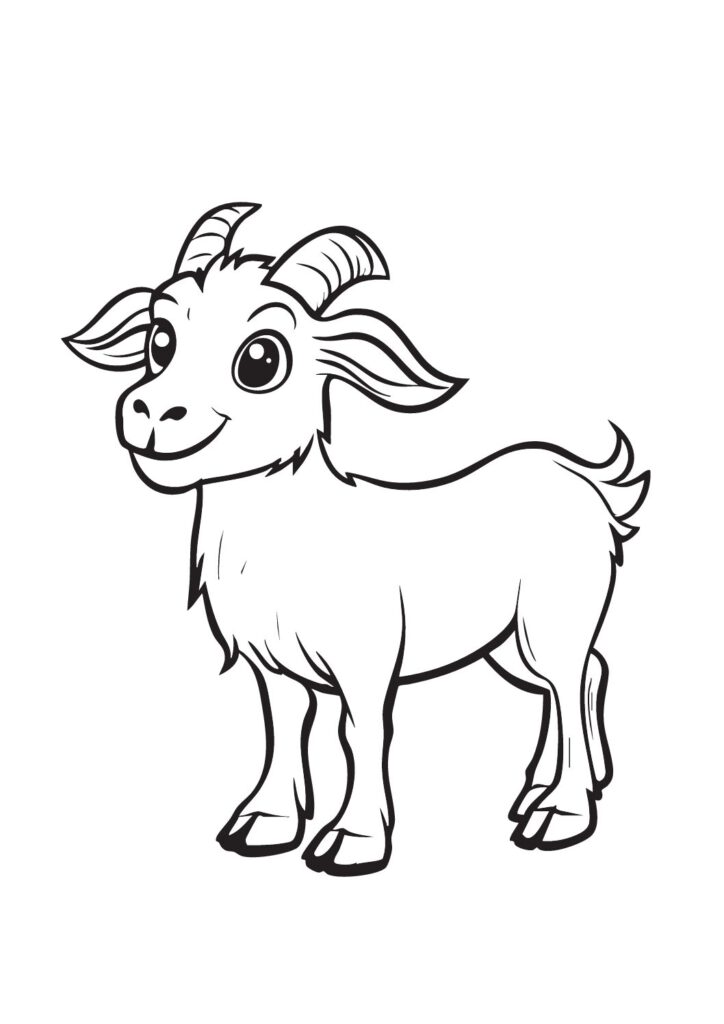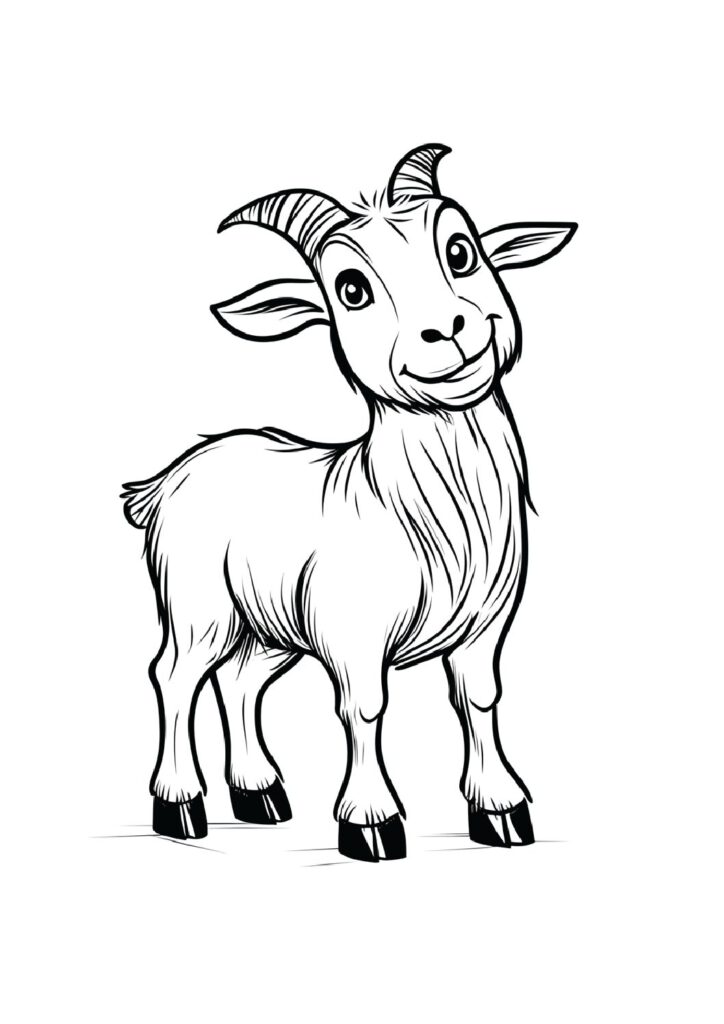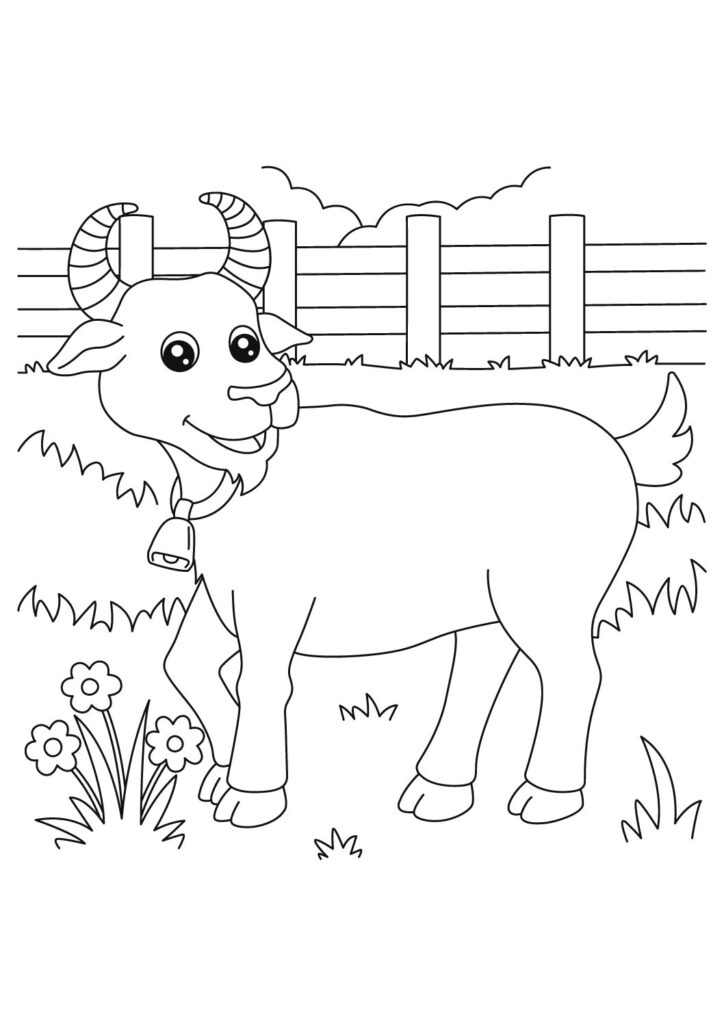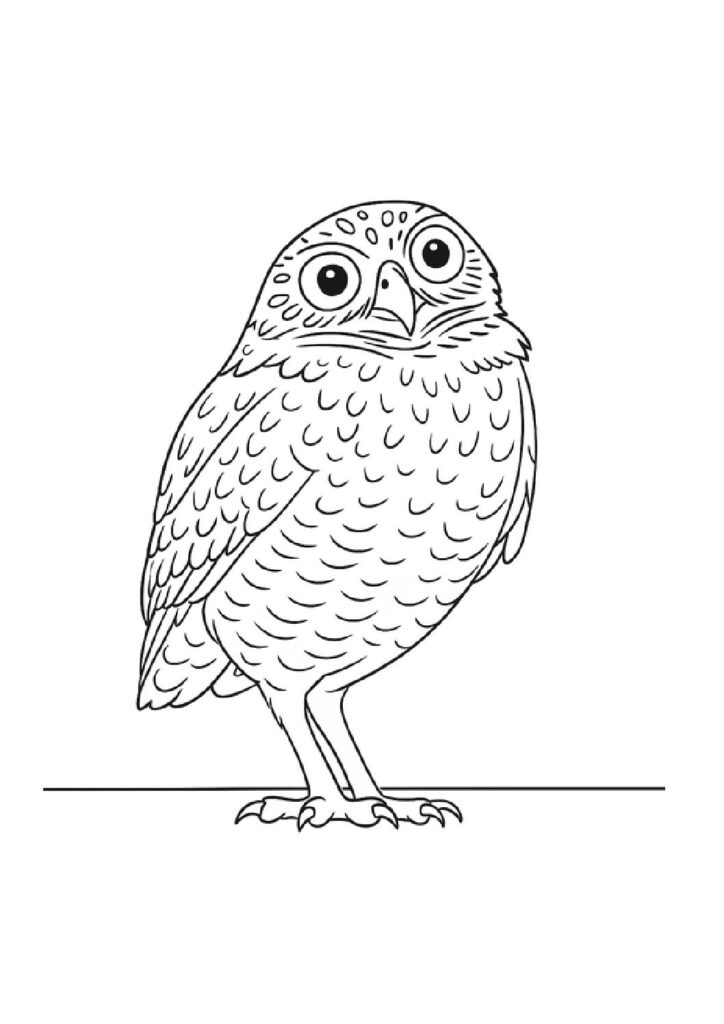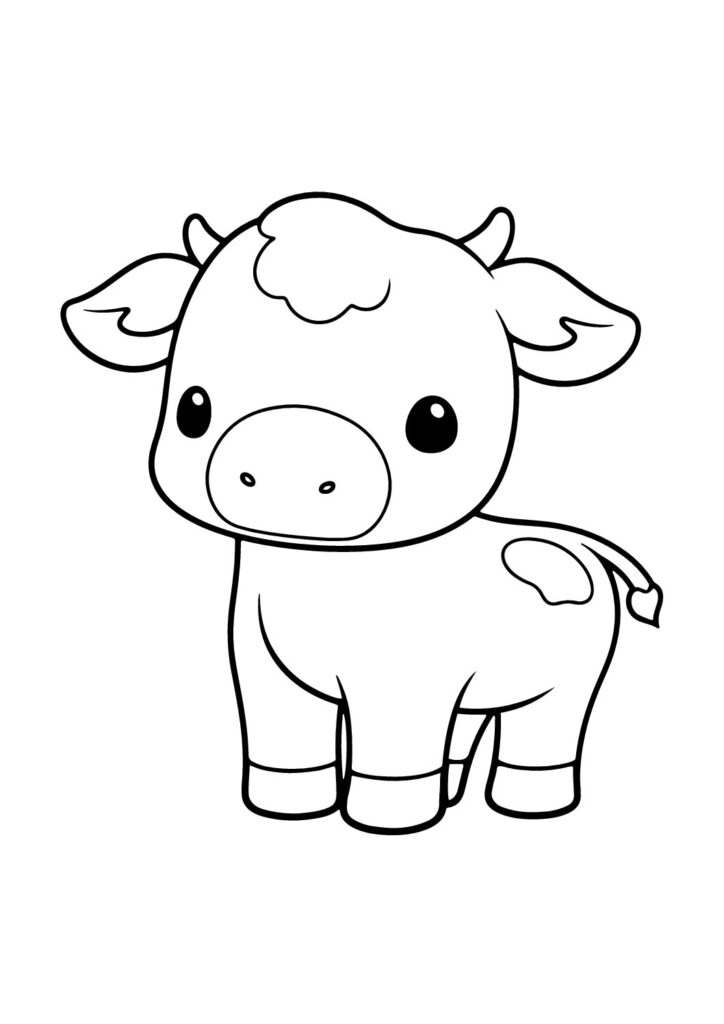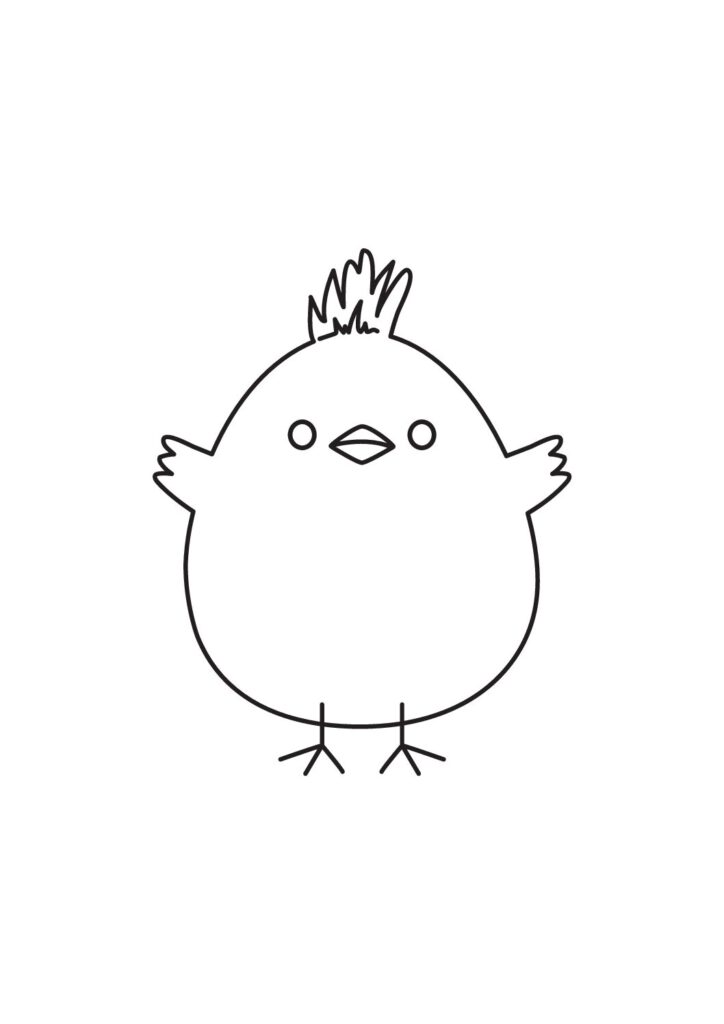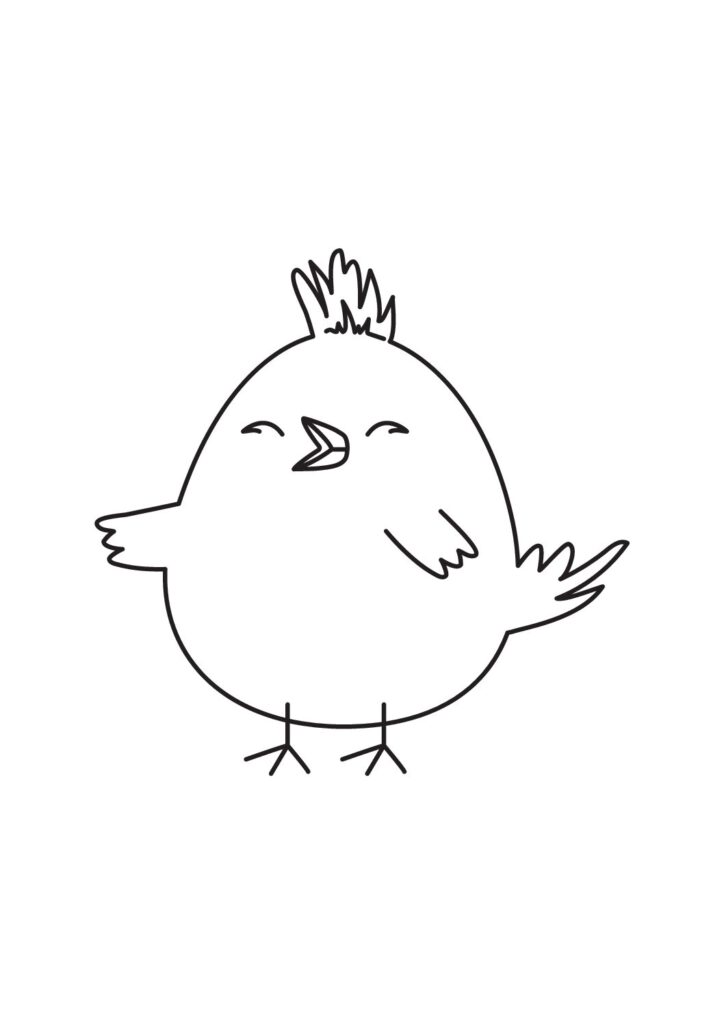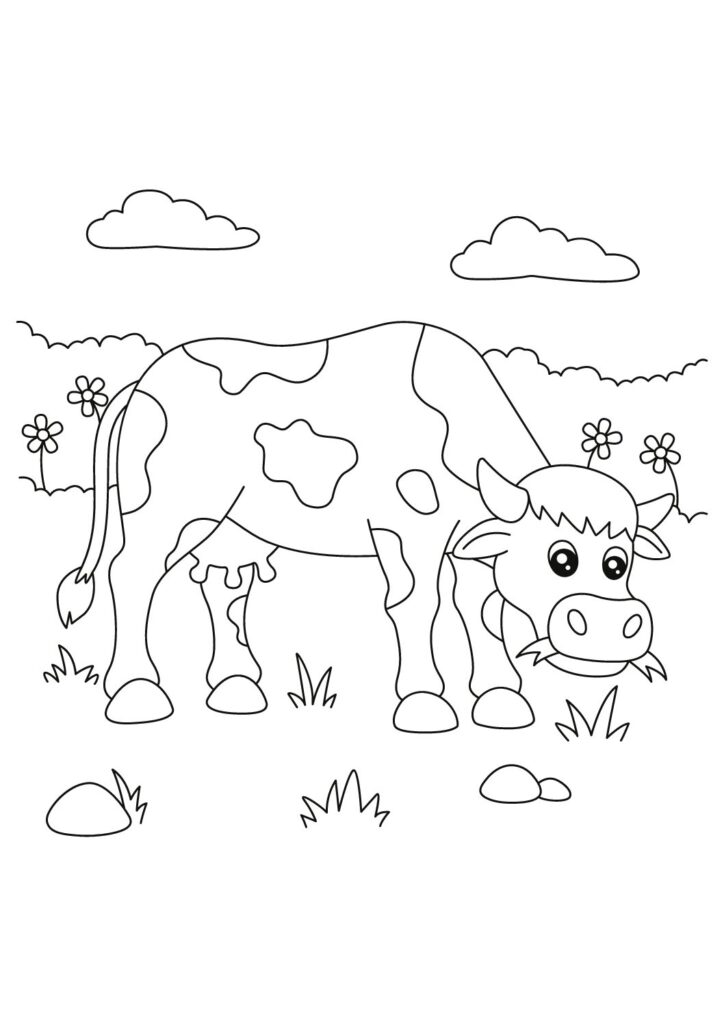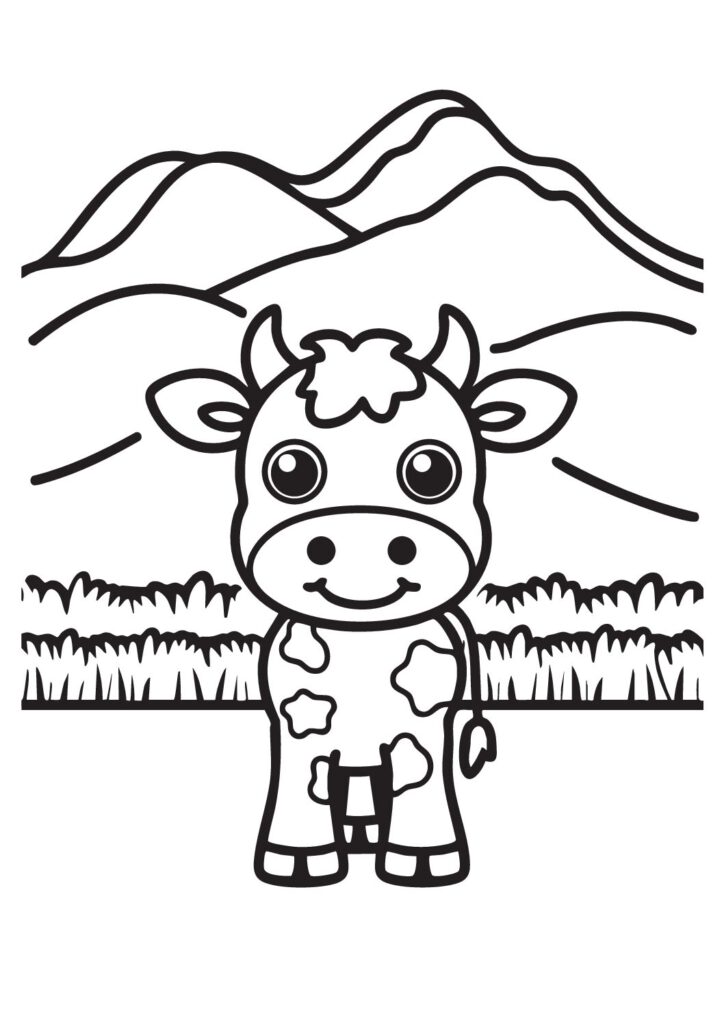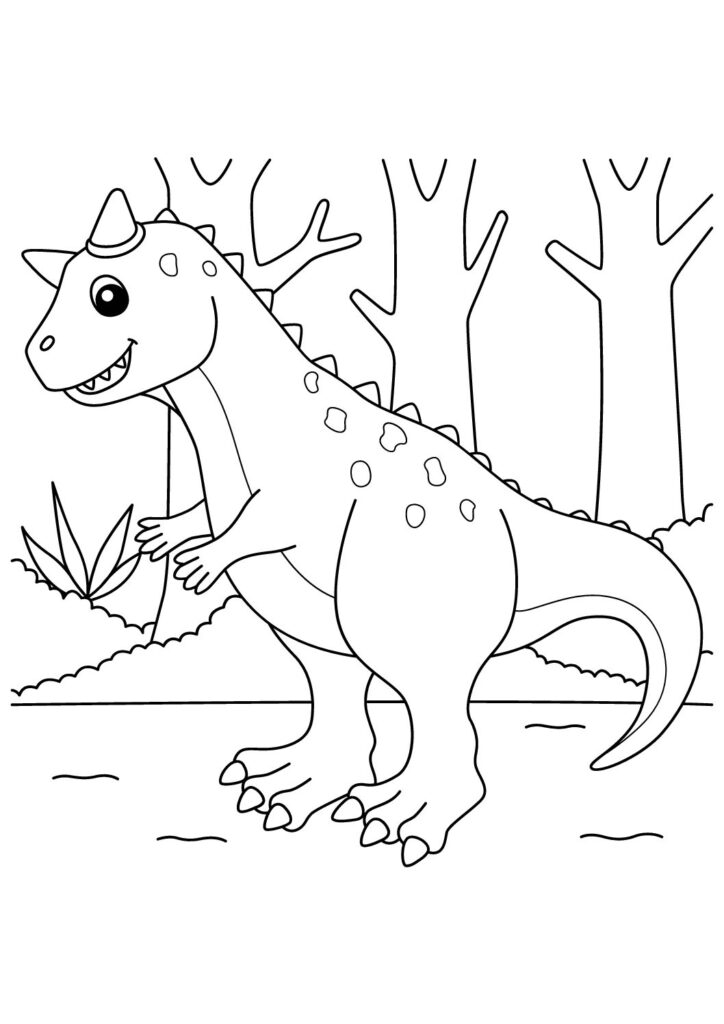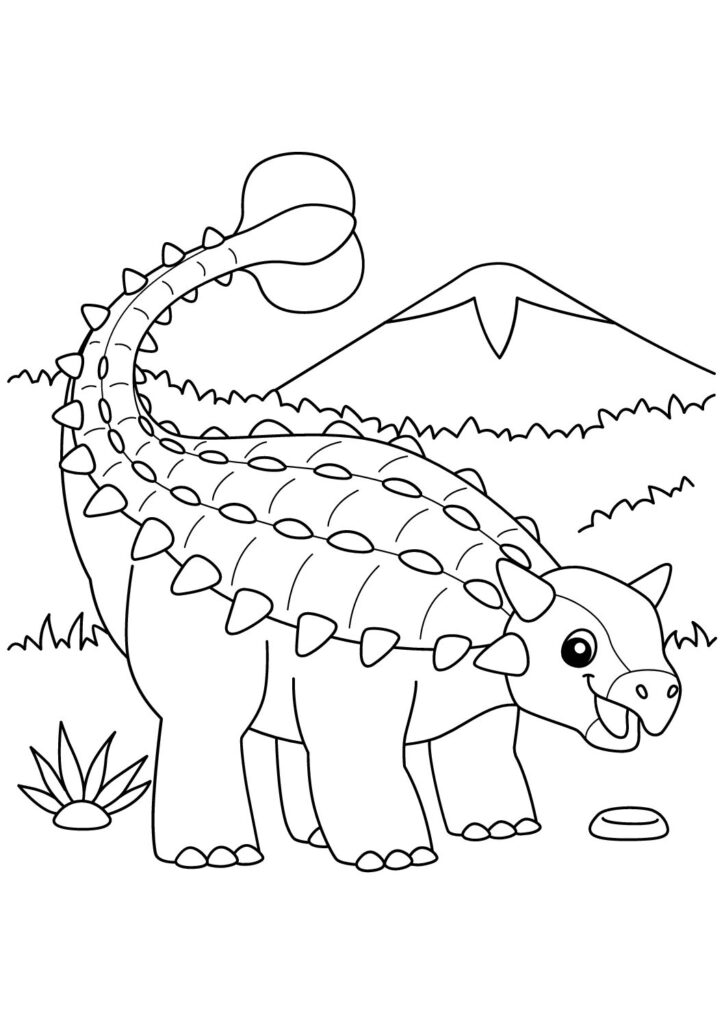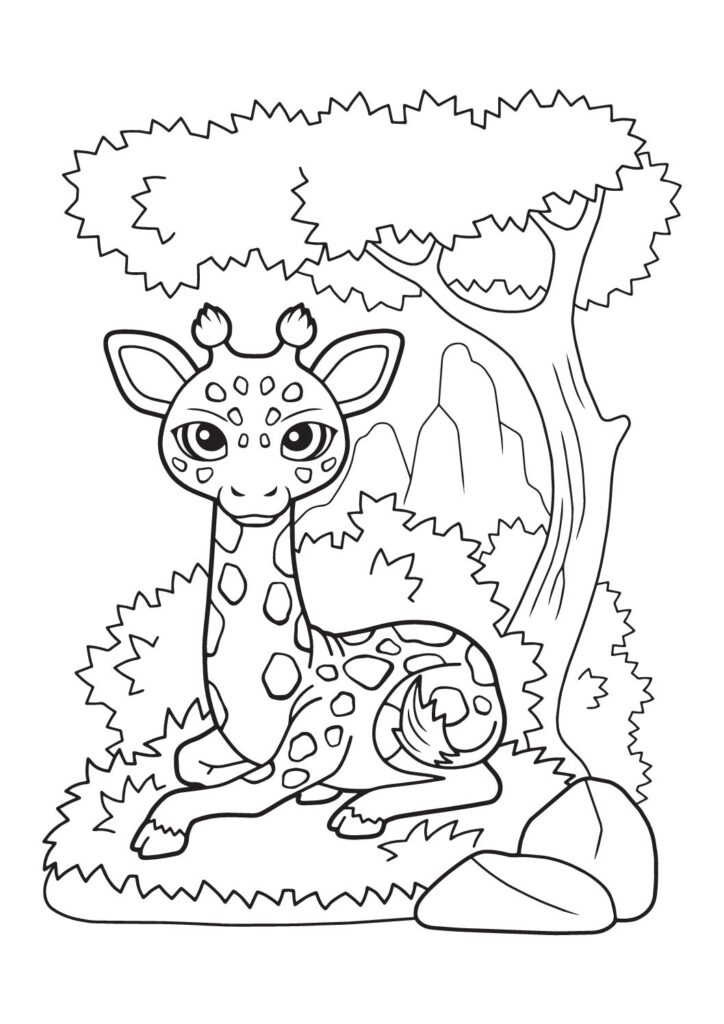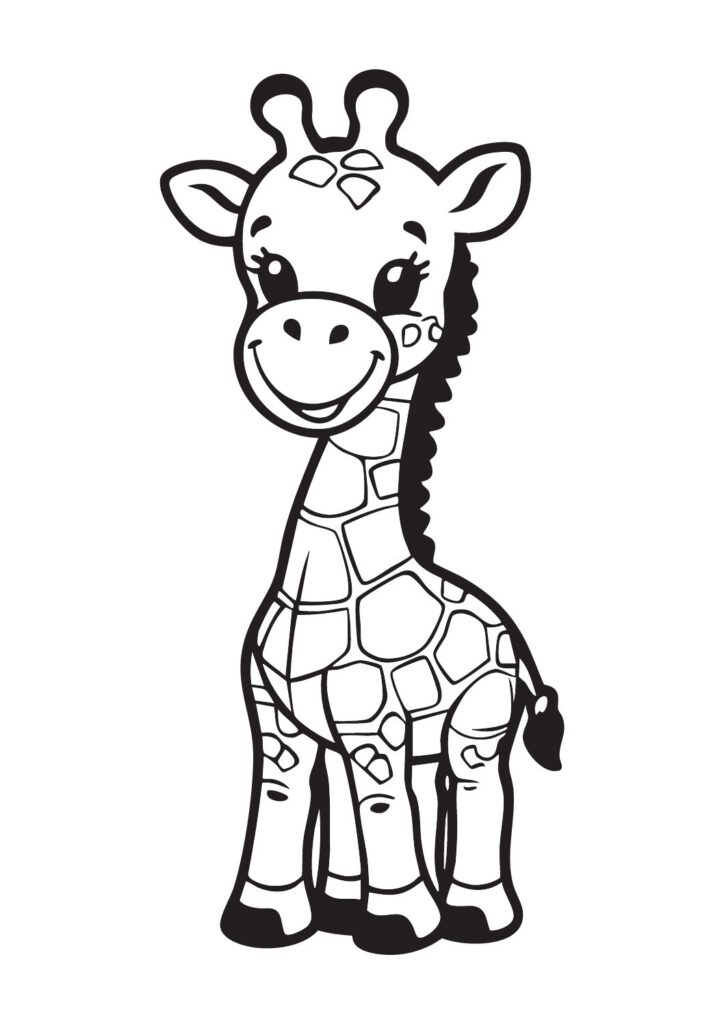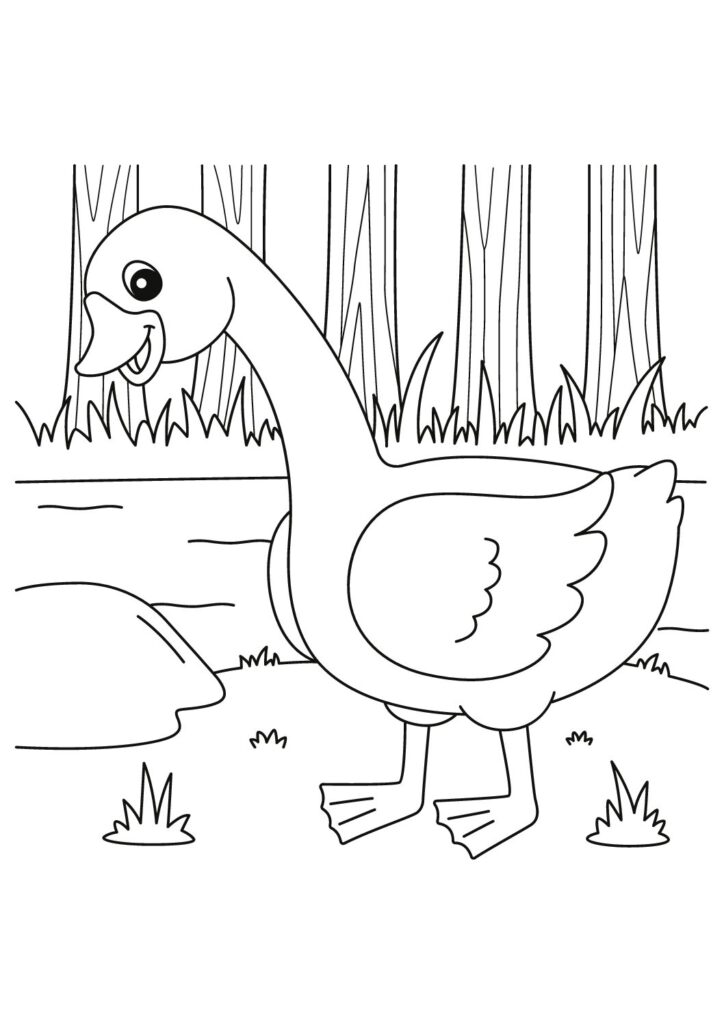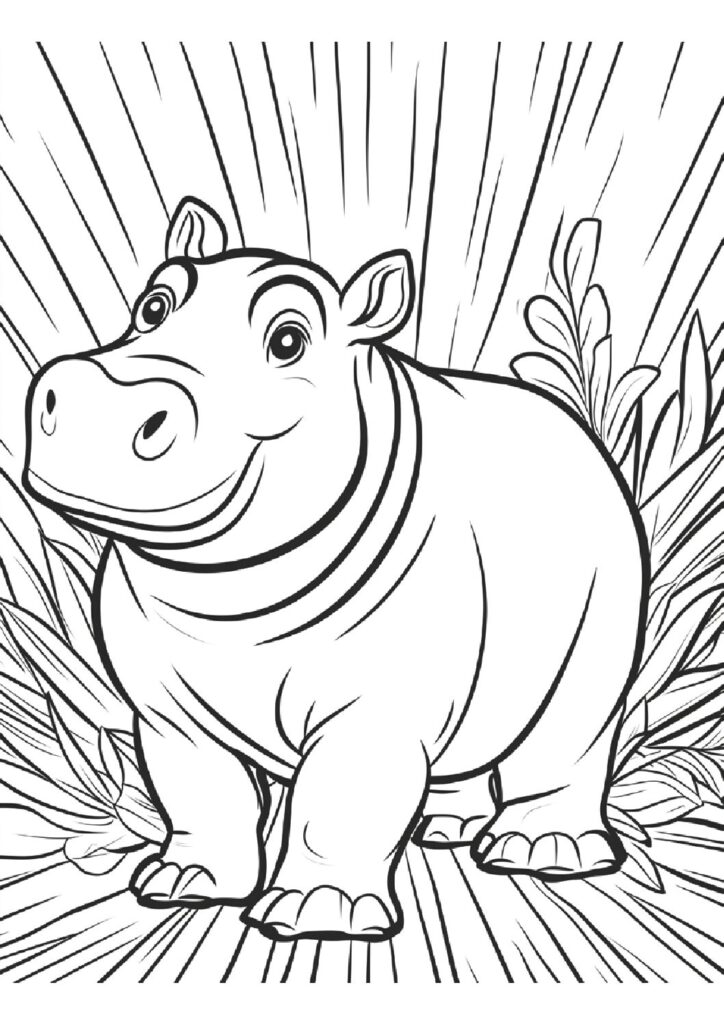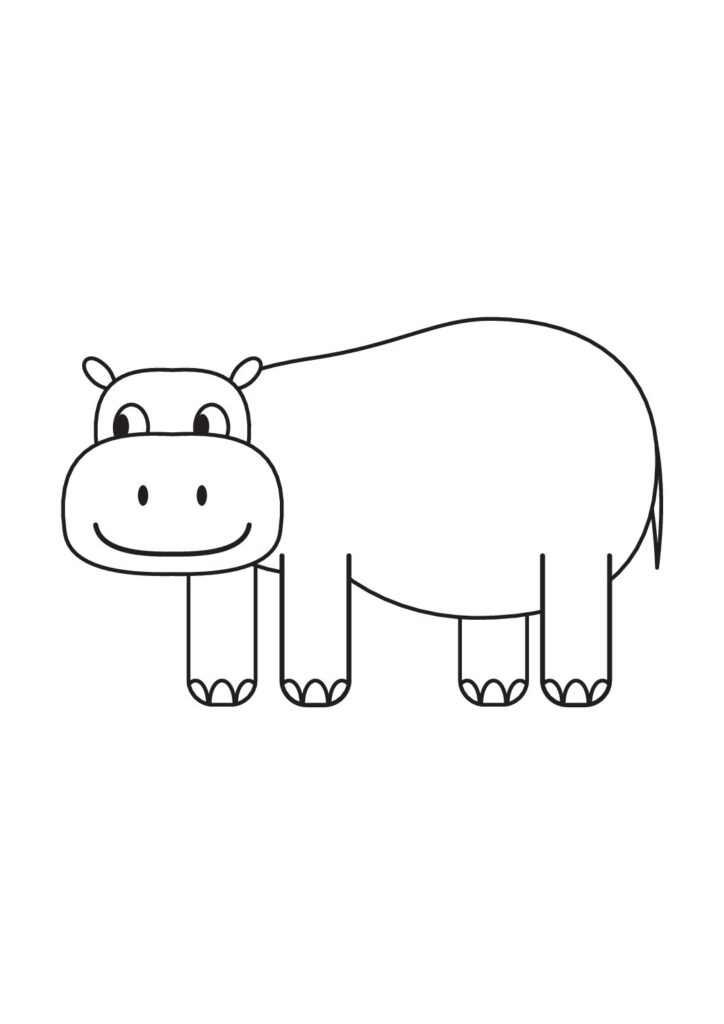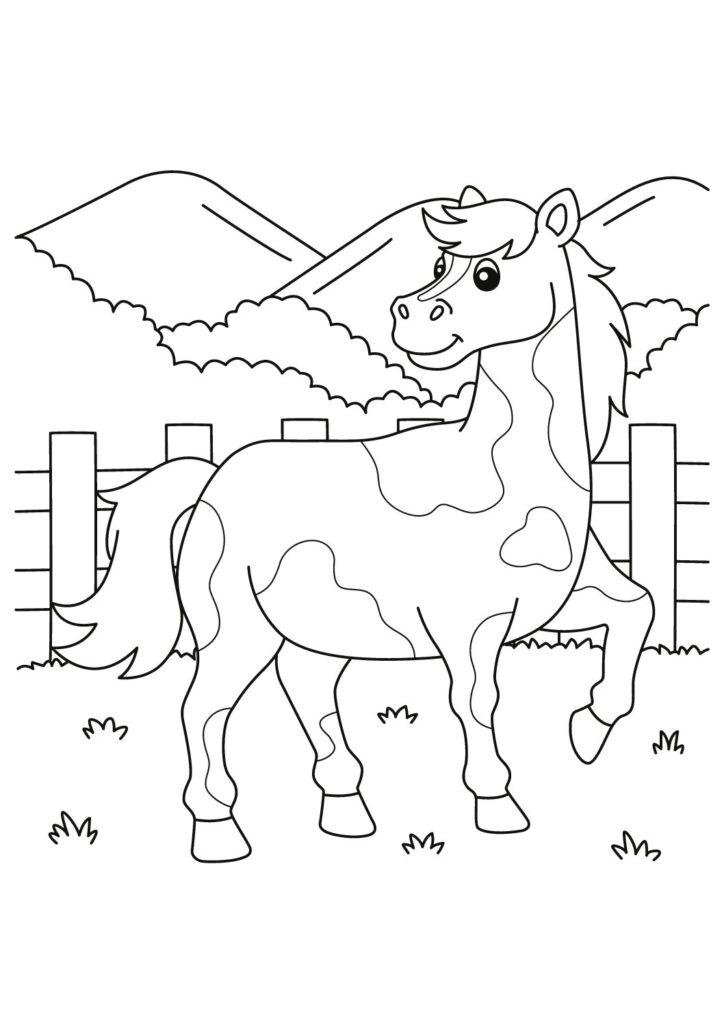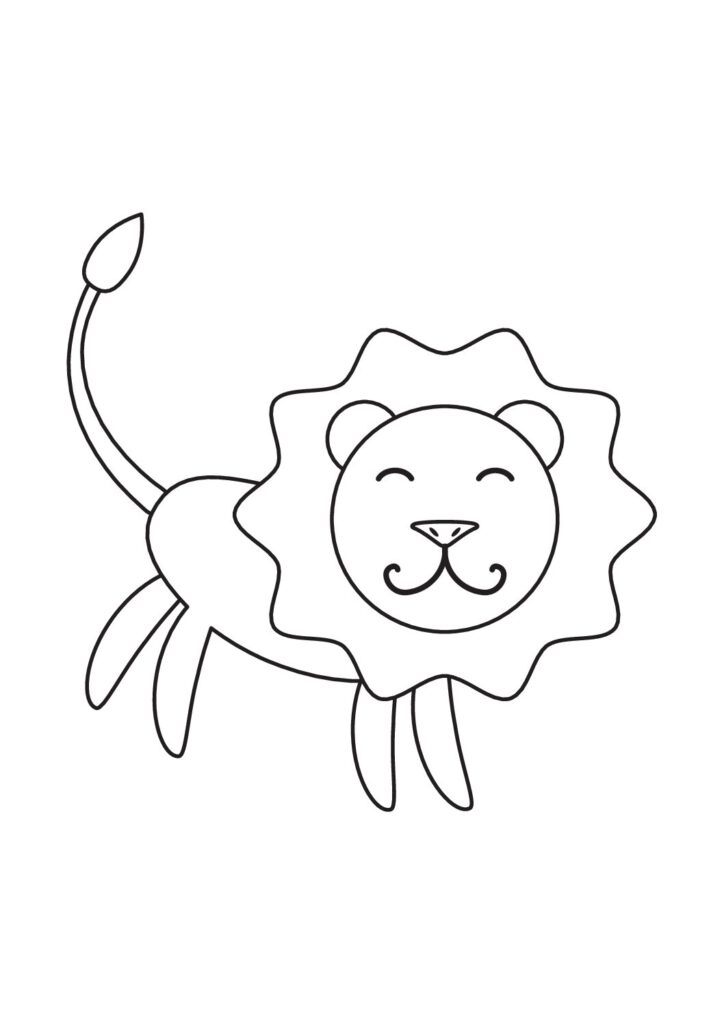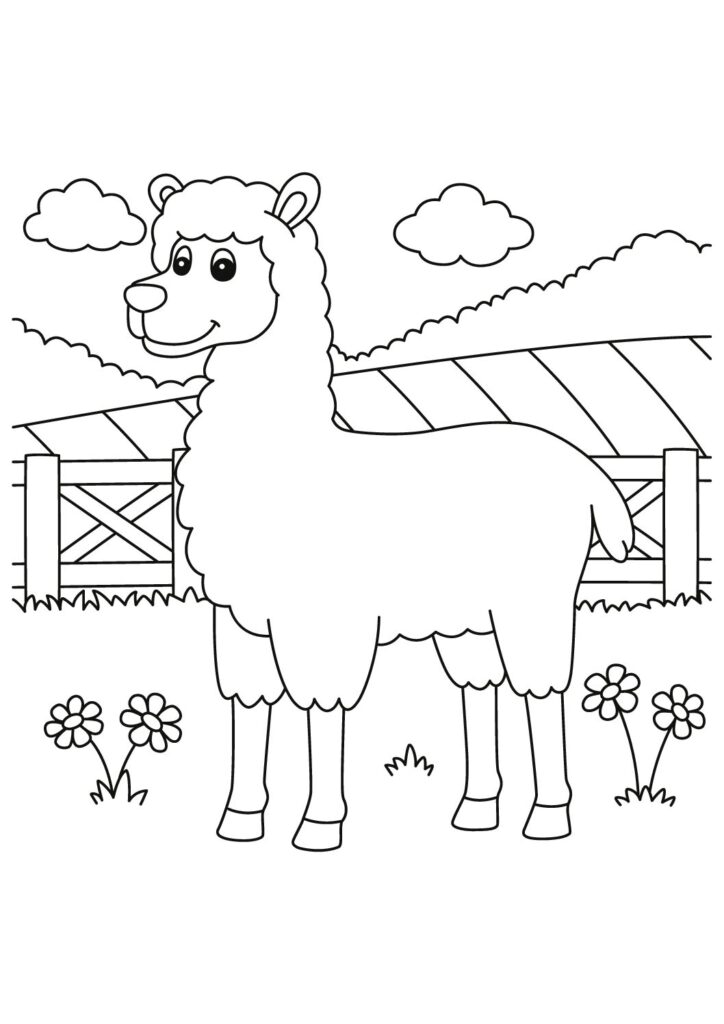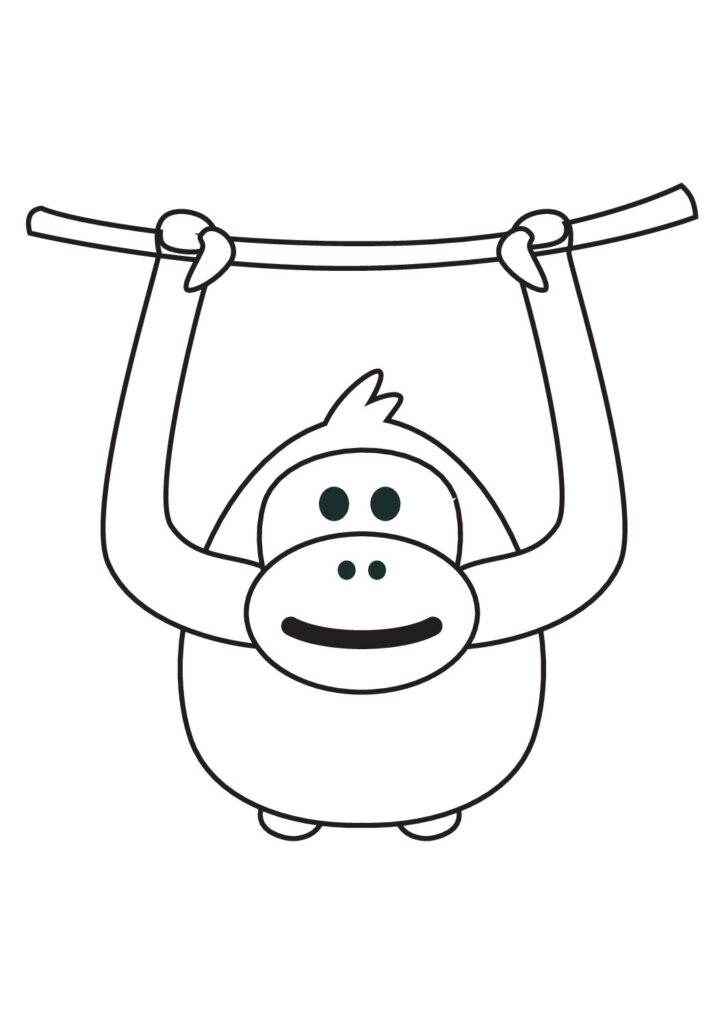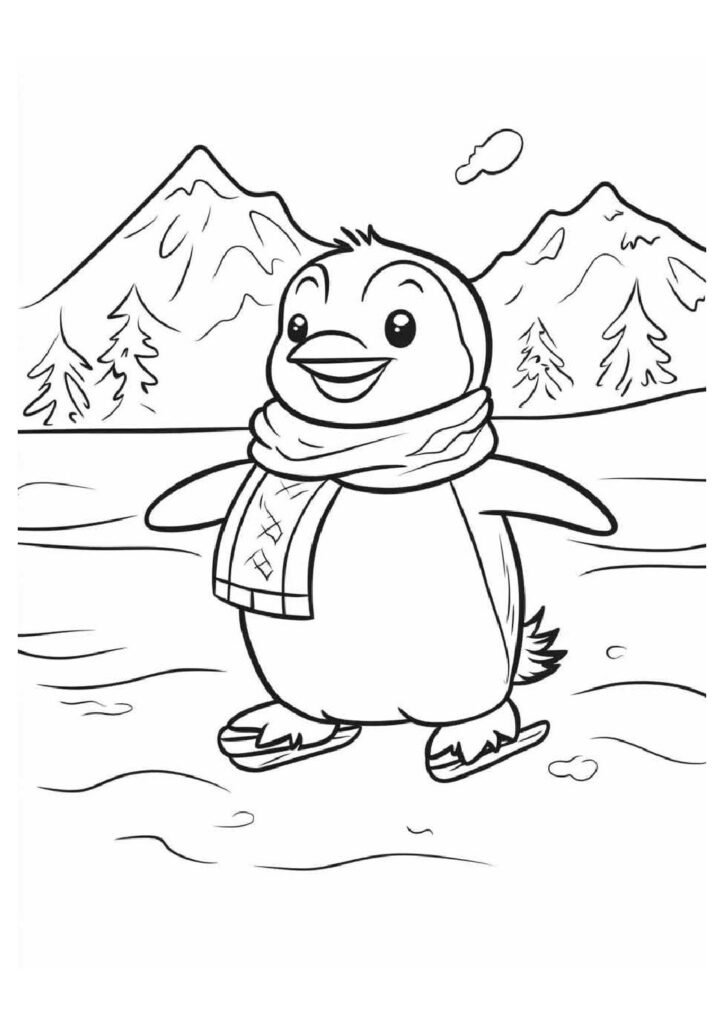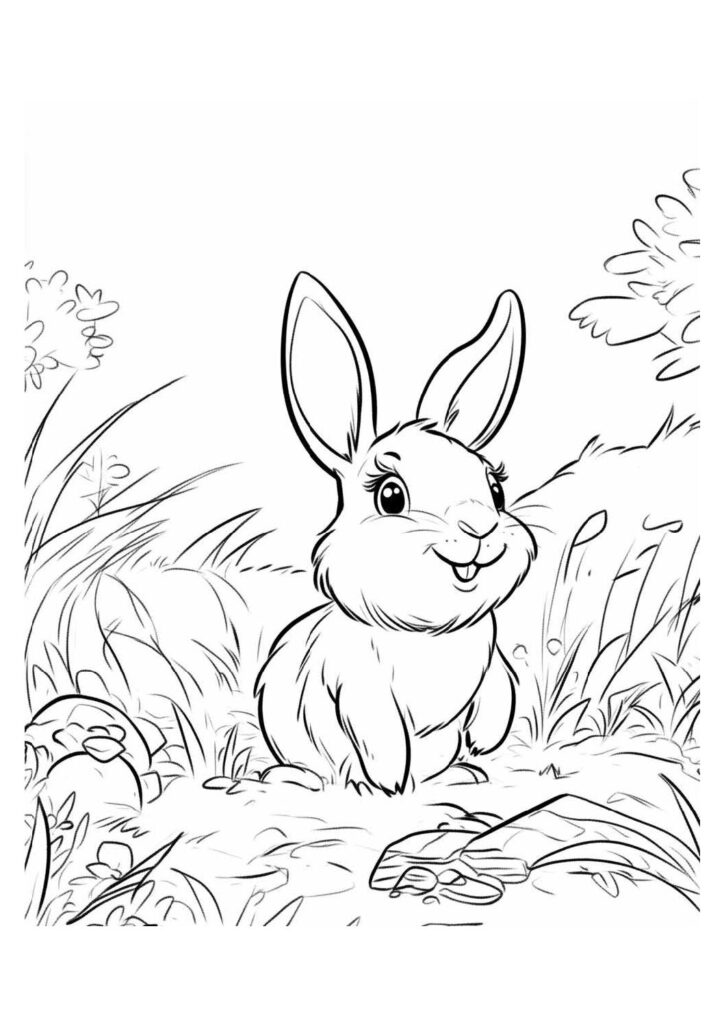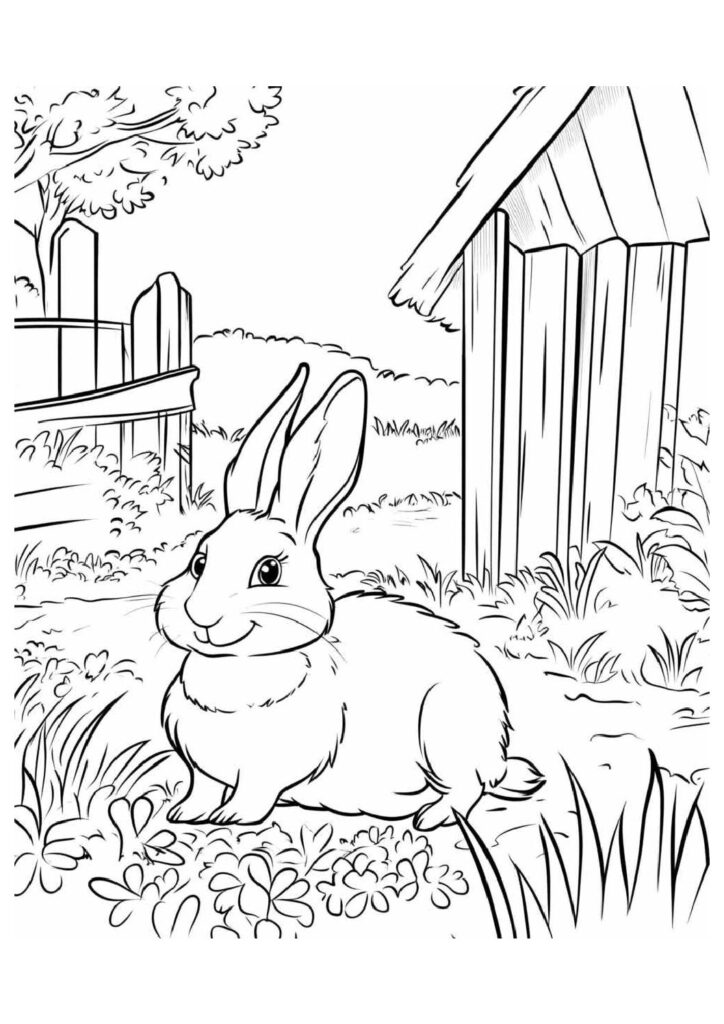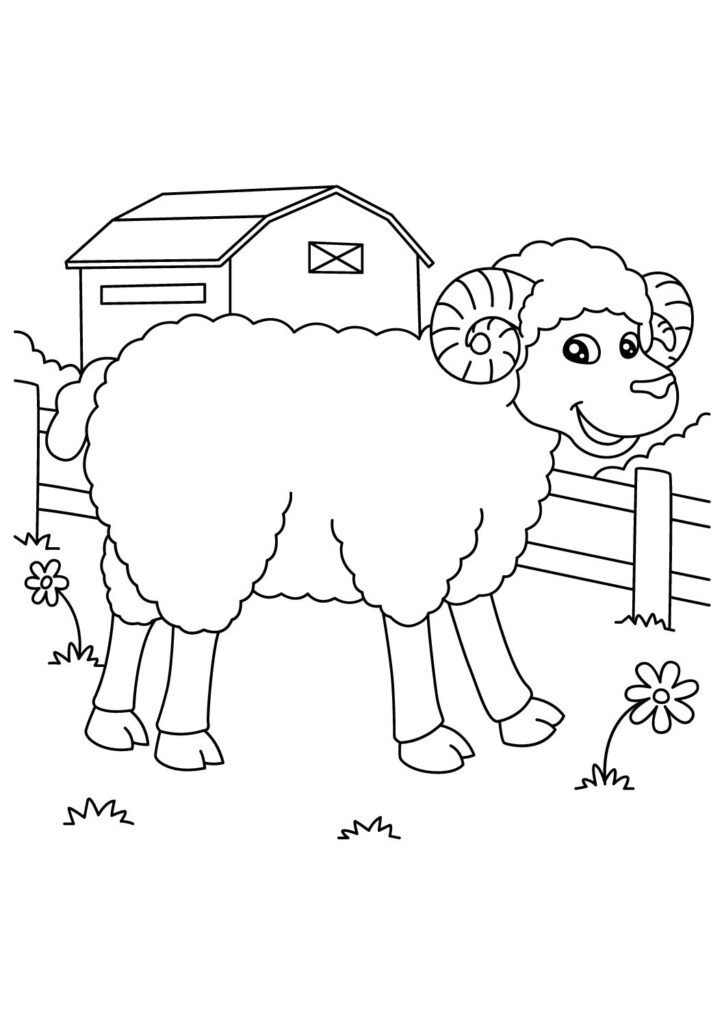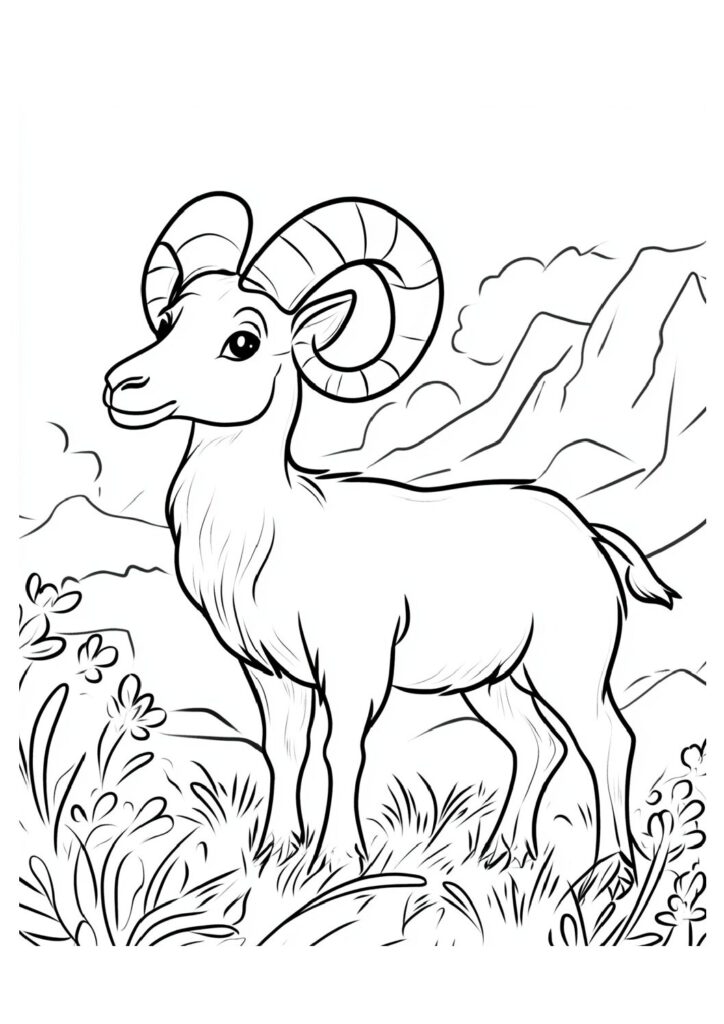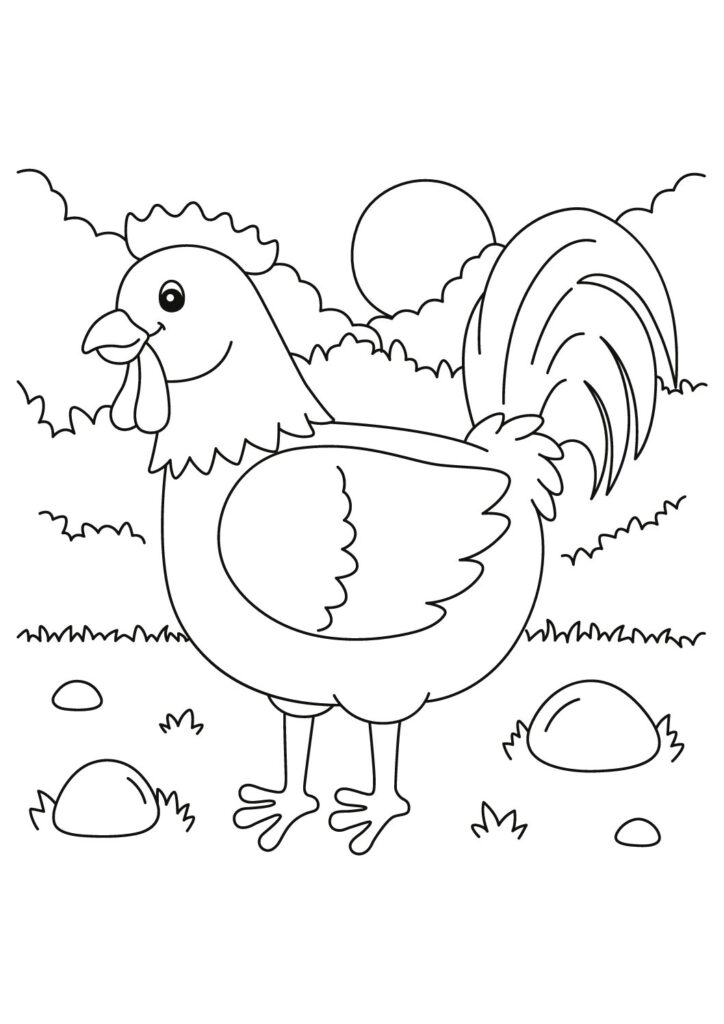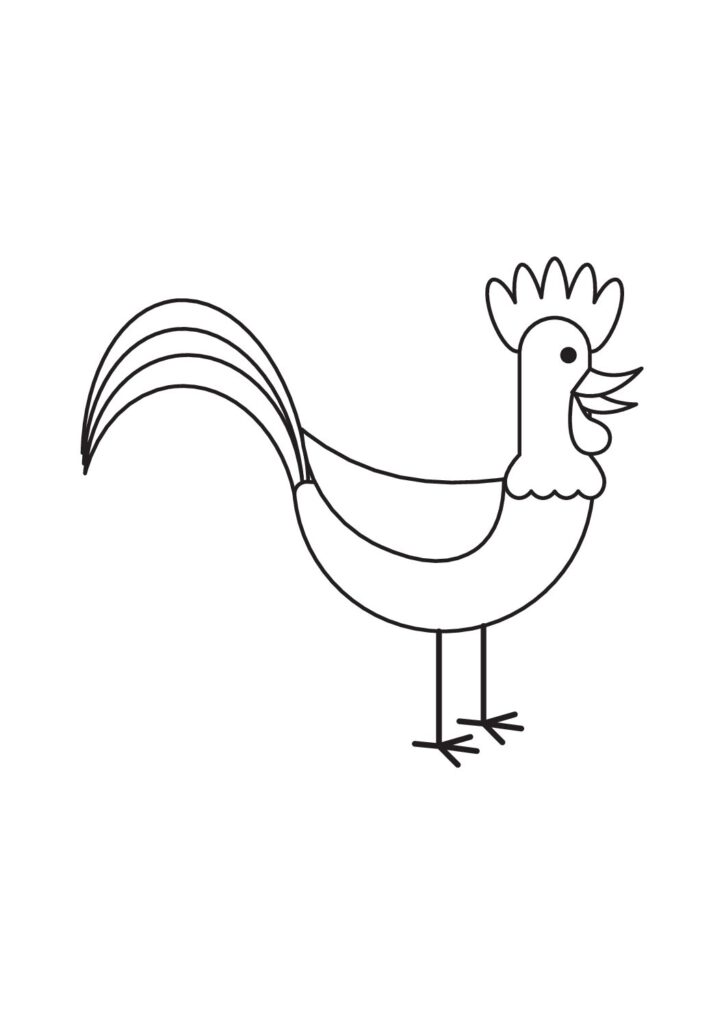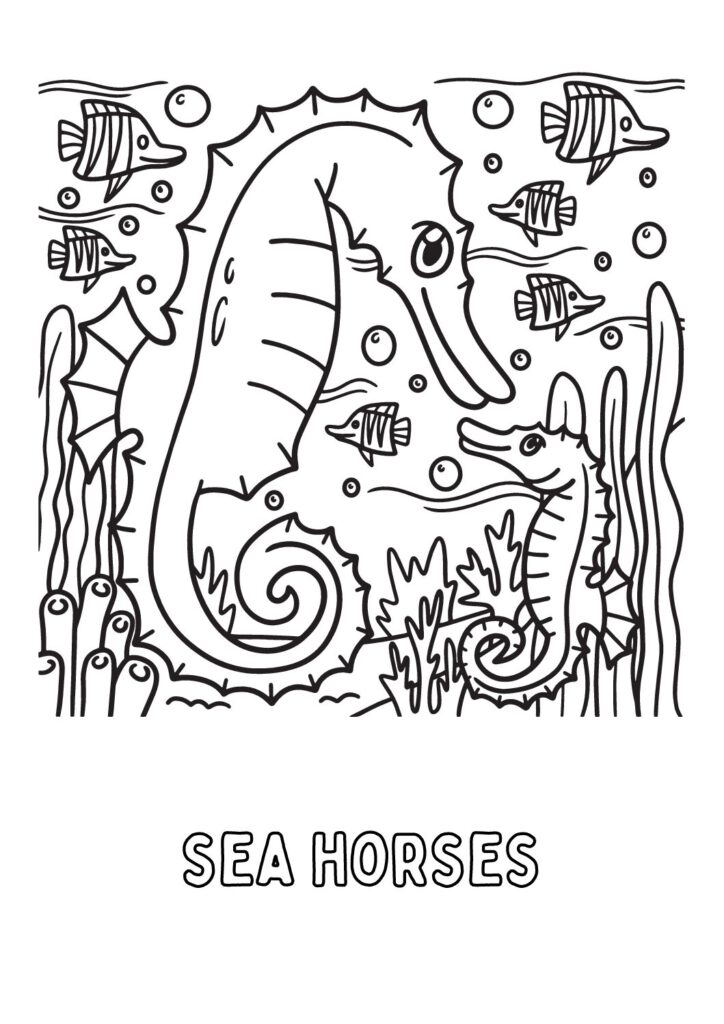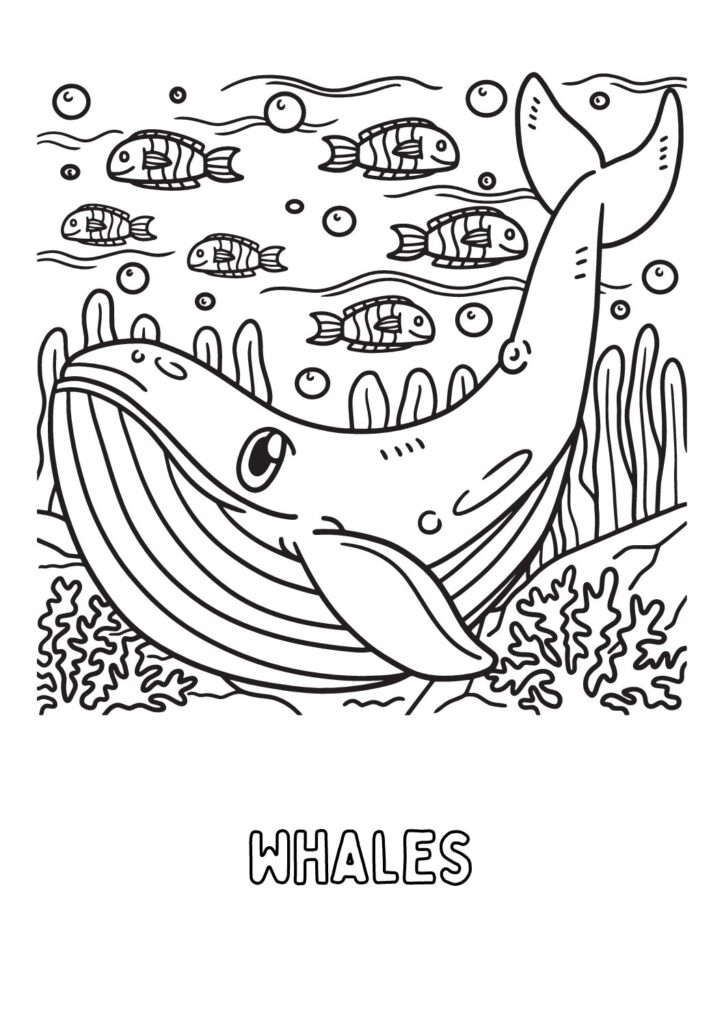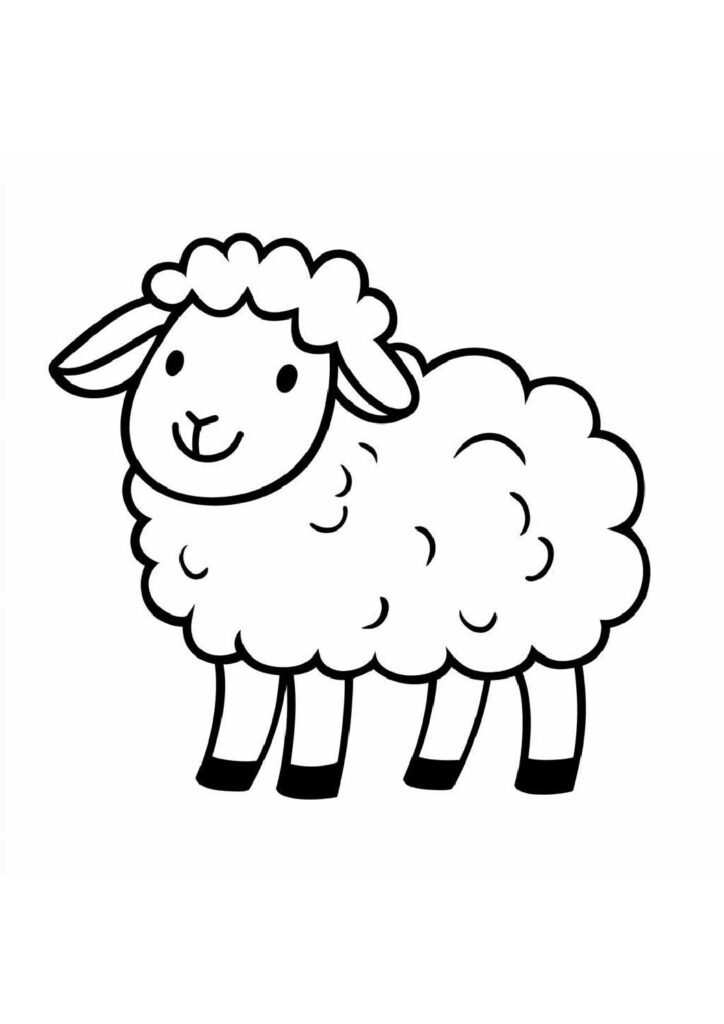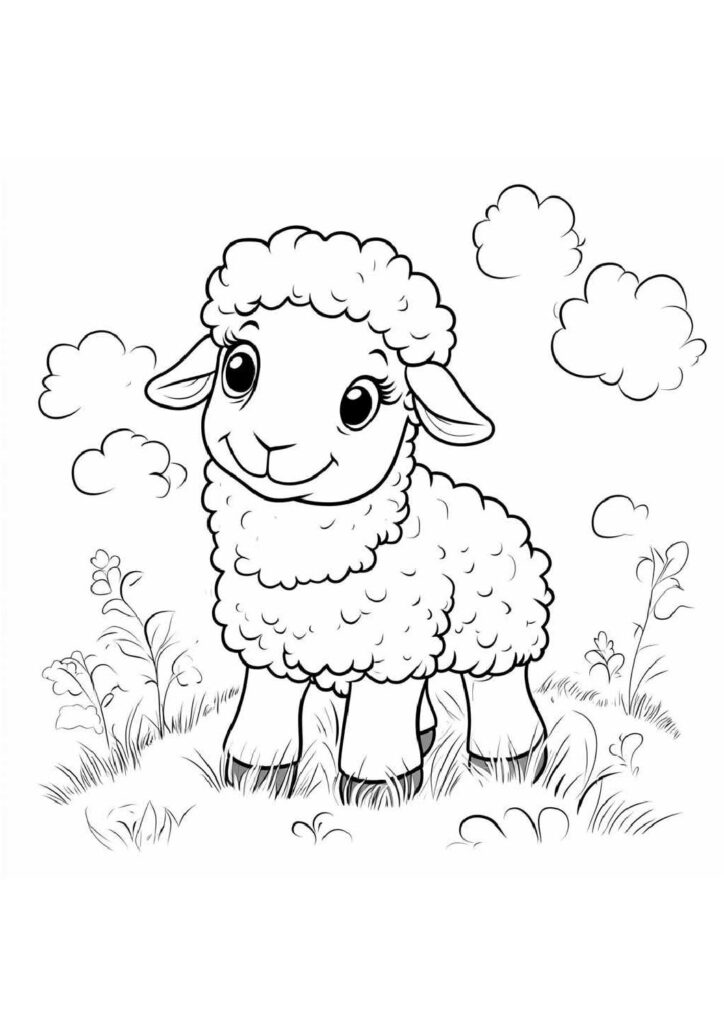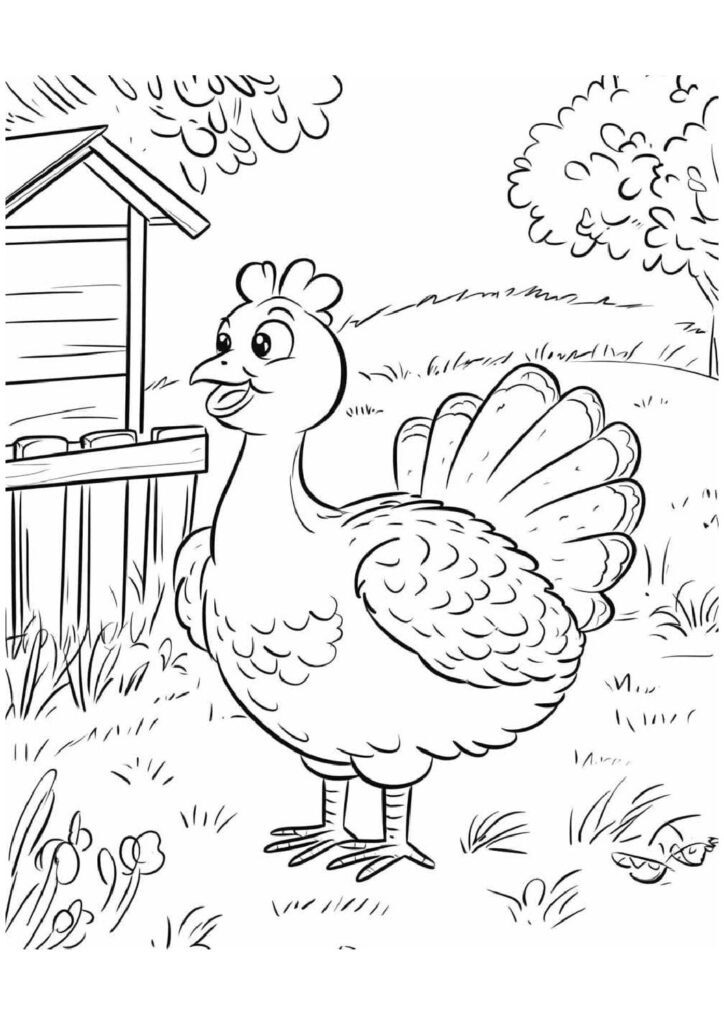9 Free Goat Coloring Pages for Download (Printable PDF)

Climb into our free printable collection of goat coloring pages featuring these playful and agile animals in their adventurous poses! Download these high-quality sheets showcasing popular breeds like mountain goats, domestic farm goats, and charming billy goats displaying their distinctive horns and expressive faces. Perfect for kids and farm animal enthusiasts, these detailed animal coloring pages capture the spirited nature of these remarkable creatures known for their climbing abilities and curious personalities. Each printable sheet brings these beloved barnyard characters to life, highlighting their bearded chins, curved horns, and nimble movements!
Fascinating Goat Facts: The Complete Guide to These Remarkable Ruminants
Introduction
Goats represent one of humanity’s oldest domesticated animals, with archaeological evidence suggesting domestication began approximately 10,000 years ago in the Fertile Crescent region of the Middle East. These remarkable ruminants have since spread globally with over 300 distinct breeds developed for various purposes, demonstrating extraordinary adaptability to diverse environments from mountains to deserts while providing essential resources including milk, meat, fiber, and land management services to human communities worldwide.
Extraordinary Intelligence
Goats demonstrate remarkable problem-solving abilities comparable to dogs, with studies showing they can solve complex puzzles, remember solutions for years, and learn tasks through observation alone. Their cognitive flexibility allows them to adapt strategies based on changing circumstances, while their excellent memory enables them to navigate complex terrain and remember specific feeding locations across vast territories, challenging long-held assumptions about the cognitive capabilities of livestock animals.
Unique Digestive Adaptations
Unlike other ruminants that primarily graze on grasses, goats evolved as browsers that prefer woody plants, shrubs, and diverse vegetation containing anti-nutritional compounds that would sicken other livestock. Their specialized digestive system includes enlarged livers that efficiently process plant toxins, allowing them to consume over 800 different plant species including many considered unpalatable or poisonous to other animals, explaining their exceptional survival capabilities in challenging environments.
Physical Capabilities
Mountain-adapted goat species demonstrate extraordinary agility, capable of scaling nearly vertical rock faces and jumping over 5 feet high despite their compact build. Their specialized hooves feature hard outer shells with soft, grippy centers that function like natural climbing shoes, while rectangular pupils provide 320-340 degree vision allowing them to detect predators while keeping their heads down to feed—adaptations that have made them masters of some of Earth’s most challenging terrain.
Communication Systems
Goats utilize a sophisticated communication system including at least 20 distinct vocalizations with specific meanings ranging from contact calls to expressions of pain, anger, and contentment. Mother goats “imprint” unique calls for their individual kids who learn to recognize them within hours of birth, while recent research indicates goats can detect subtle emotional changes in other goats’ vocalizations, demonstrating social awareness previously underappreciated in these animals.
Global Impact
With a global population exceeding 1 billion, goats represent one of the world’s most important livestock species, providing the primary source of animal protein and dairy for more people worldwide than any other livestock animal. Their economic significance extends beyond traditional agricultural products to include emerging industries like specialized dairy products, fiber arts using cashmere and mohair, and environmentally-sustainable land management through targeted grazing services that reduce fire hazards and invasive species.
Environmental Adaptation
Goats demonstrate remarkable adaptation capabilities, thriving in environments ranging from Arctic mountains to African deserts, with specialized breeds evolving distinct characteristics for extreme conditions. Their efficient water conservation systems allow desert-adapted breeds to survive with minimal water intake, while cold-climate breeds develop dense cashmere undercoats capable of insulating against temperatures approaching -40°F, demonstrating the extraordinary environmental flexibility that has made them essential companions to human communities in marginal environments worldwide.
